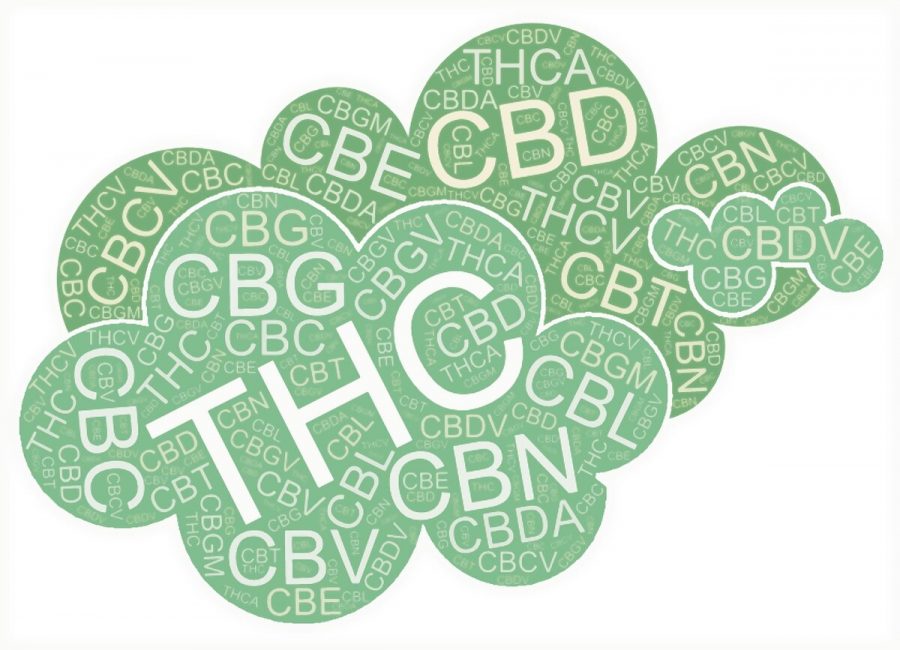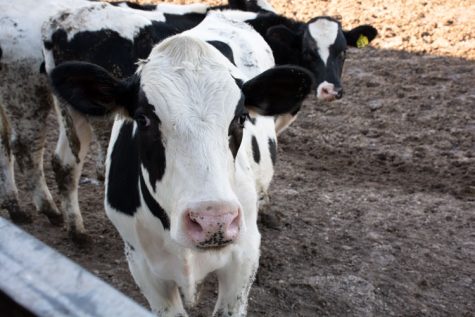Study: Anti-seizure compounds found in the cannabis plant
Research published by a team of pharmacologists at the University of Sydney suggests that cannabis may possess potent extracts suitable for the treatment of epilepsy.
In a groundbreaking report, the researchers identified three acidic cannabinoids that are capable of reducing seizures in rodent models of Dravet syndrome. This intractable form of childhood epilepsy is one of the most common among the younger patient demographic.
“From the early nineteenth century cannabis extracts were used in Western medicine to treat seizures but cannabis prohibition got in the way of advancing the science,” Associate Professor Jonathon Arnold from the Lambert Initiative for Cannabinoid Therapeutics and the Sydney Pharmacy School is quoted as saying.
“Now we are able to explore how the compounds in this plant can be adapted for modern therapeutic treatments.”
The study’s findings were published in the British Journal of Pharmacology.
The Lambert family made a colossal contribution to the University’s medical cannabis research efforts
Back in 2015, Barry and Joy Lambert funneled a memorable donation to the University of Sydney to prompt scientific research into medicinal cannabis and cannabinoid-based therapeutics.
The couple’s granddaughter Katelyn served as inspiration for their efforts, since she suffers from a condition known as Dravet syndrome. Patients who are diagnosed with this condition often experience seizures and impairments in cognitive and motor development.
Although a wide range of conventional therapies have been tried and tested, they often lack the efficacy that medical cannabis offers. After administering their grandchild with cannabis extracts, the Lambert family claim that they noticed a major improvement in Katelyn’s health.
Consequently, this triggered more use of cannabis as a therapeutic treatment option. Furthermore, the team sought to identify specifically how cannabis can assist patients who suffer from epilepsy and other health conditions.
“After using hemp oil for treatment, we got our daughter back. Instead of fearing constant seizures we had some hope that our daughter could have a life worth living,” said Katelyn’s father, Michael Lambert. “It was like the noise cleared from her mind and she was able to wake up. Today Katelyn really enjoys her life.”
A preclinical epilepsy research program was established by the Lambert Initiative to help understand the anticonvulsant effects of cannabis extracts — an amalgamation of hundreds of bioactive molecules.
“Our research program is systematically testing whether the various constituents of cannabis reduce seizures in a mouse model of Dravet syndrome. We started by testing the compounds individually and found several cannabis constituents with anticonvulsant effects,” said Associate Professor Arnold.
“In this latest paper we describe the anticonvulsant effects of three rarer cannabinoids, all of which are cannabinoid acids.”
About acidic cannabinoids and their ability to relieve the symptoms of epilepsy
Cannabigerolic acid (CBGA), cannabigerovarinic acid (CBGVA), cannabidivarin (CBDV) and cannadivarinic acid (CBDVA) all managed to shrink seizures in a rodent model of unmanageable epilepsy, according to the study authors.
When biosynthesized in the plant, acidic cannabinoids are found. They are also contained in artisanal cannabis extracts that assist children with epilepsy. Described as the “mother of all cannabinoids,” CBGA is the precursor molecule that leads to the creation of better-known cannabinoids, such as cannabidiol (CBD) and tetrahydrocannabinol (THC).
“The cannabinoid acids are abundant in cannabis but have received much less scientific attention. We are just beginning to understand their therapeutic potential,” Associate Professor Arnold said.
“We found that CBGA was more potent than CBD in reducing seizures triggered by a febrile event in a mouse model of Dravet syndrome. Although higher doses of CBGA also had proconvulsant effects on other seizure types highlighting a limitation of this cannabis constituent. We also found CBGA to affect many epilepsy-relevant drug targets,” said the study’s lead author Dr. Lyndsey Anderson.
Study participants came from the University of Sydney in the School of Psychology and the Sydney Pharmacy School in collaboration with the laboratory of Dr Jennifer Kearney at Northwestern University (US).
Dr. Kearney was tasked with developing the genetic mouse model for this study on cannabis for epilepsy and she also mentored Dr. Anderson ahead of her move to Australia.
“We have assessed the cannabinoids one by one and now we are exploring what happens when you put them all back together. There remains a real possibility that all these individual anticonvulsant cannabinoids might work better when combined,” Dr Anderson said. “We are very proud of the work done by the many researchers at the Lambert Initiative, which is a world-leader in cannabinoid research, and in particular welcome these recent results on ‘the mother of all cannabinoids’,” Barry Lambert said.
The team is now pushing forwards with new research to establish a more robust cannabis-based treatment for Dravet syndrome. A large portion of the community feel that the therapeutic efficacy of cannabis is something that needs to be better spotlighted on a broad spectrum.








